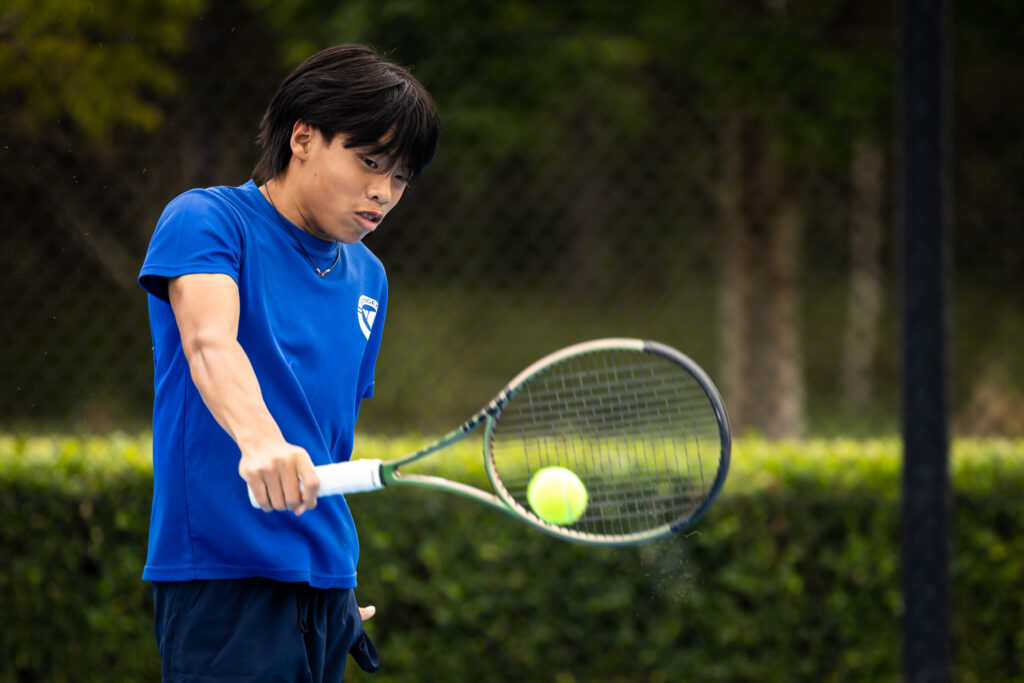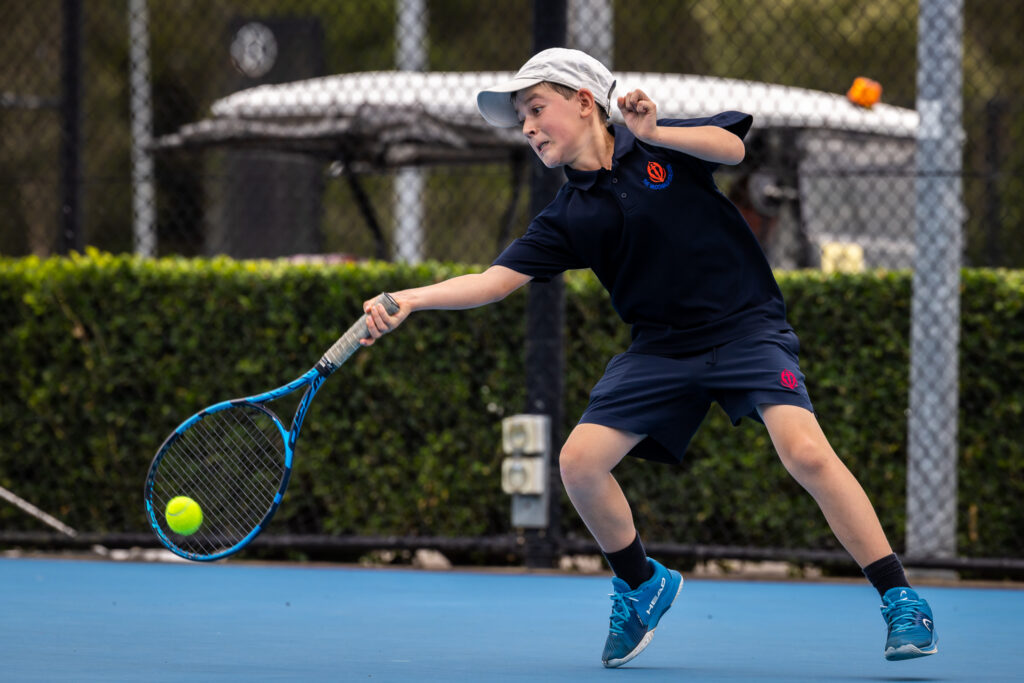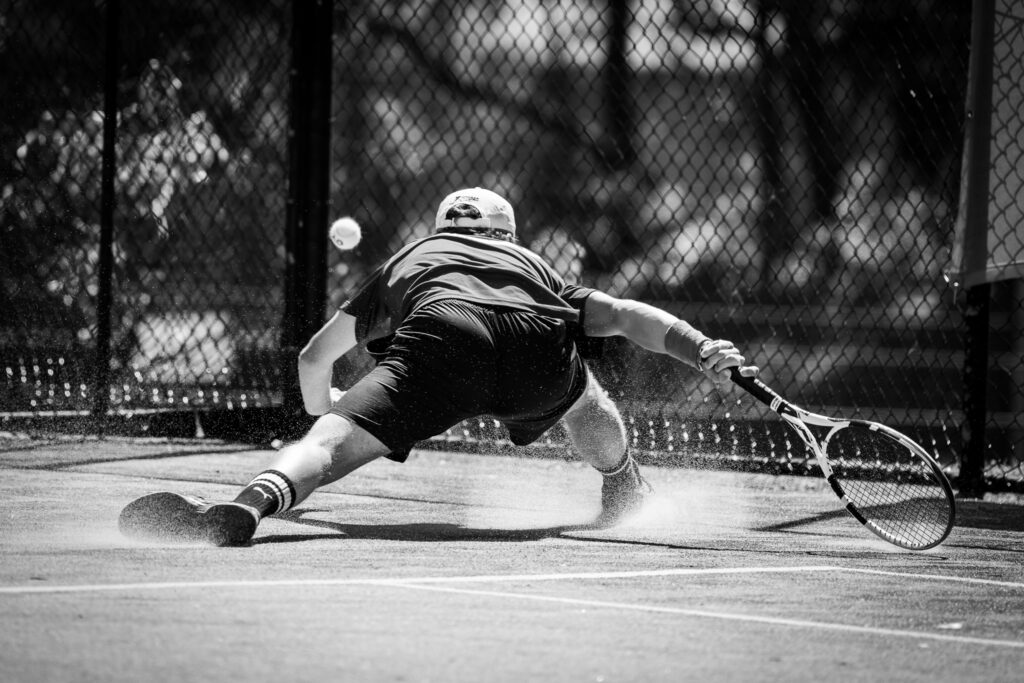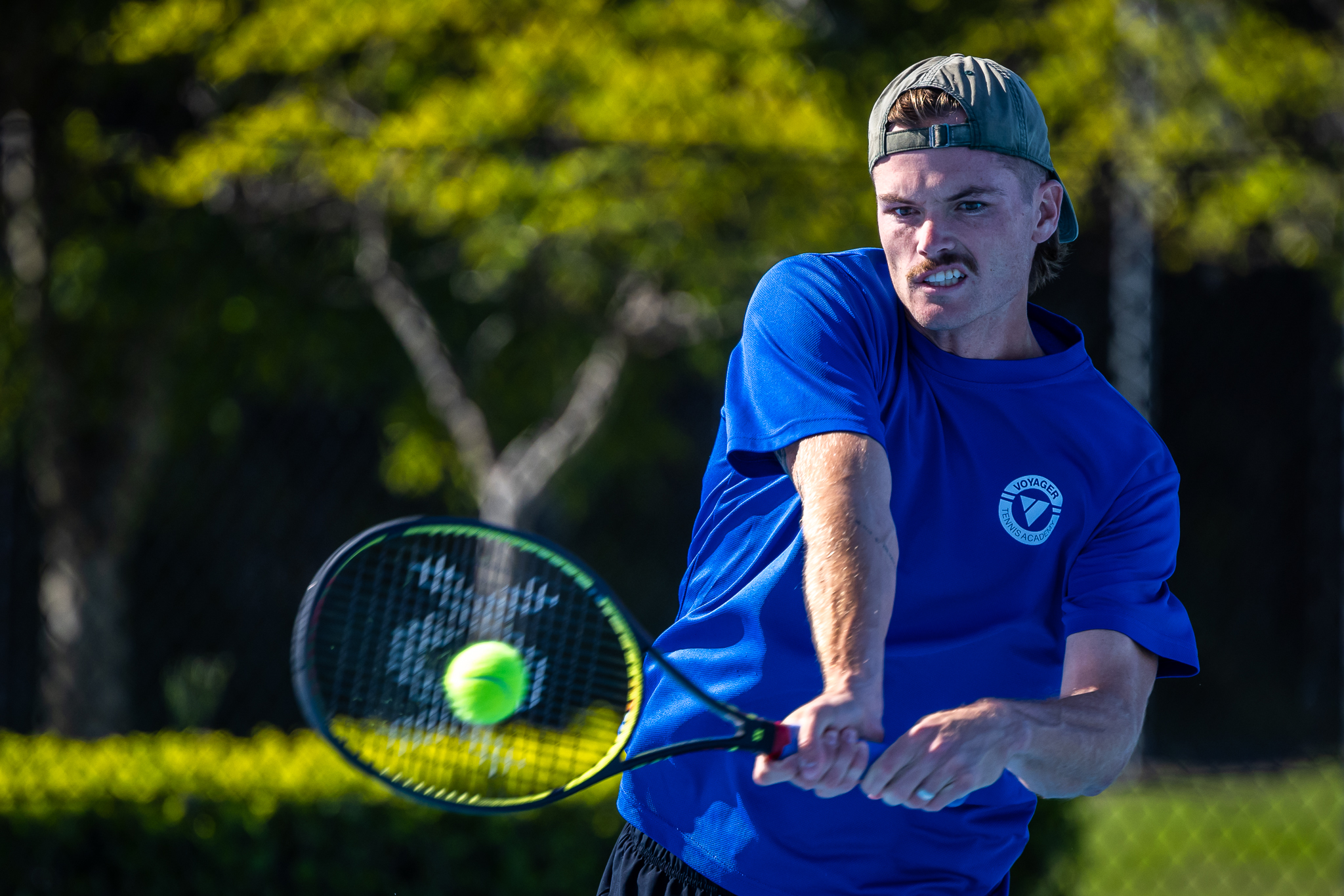
Developing a game plan for a match requires some key considerations including knowing your own strengths and weaknesses and analysing the opponent and conditions.
Analysing the opponent
A lot of players make the mistake of either not analysing their opponents in enough detail or looking at the wrong areas. As an example, a common response from a junior to the question, ‘What are your opponent’s strengths and weaknesses?’ is ‘They have a weak backhand’ or ‘They have a strong serve’. The issue with this type of thinking is that it lacks detail.
Follow-up questions could be:
- What type of backhand are they weak at (wide, fast or high)?
- What are their most effective serves (wide, T, body, flat, slice or kick, first or second serve)?
- What about the other critical areas of their game, such as physical, mental or tactical characteristics?

At an elite level, players analyse an opponent by looking at the four key areas of the game, which are technical/ball striking, tactical, psychological and physical. Here are some examples.
Technical/ball-striking strength: a player has a great service action and huge power and accuracy on their first serve, particularly the sliding serve out wide on deuce court. Technical/ball-striking weakness: a player has a western forehand grip which causes this shot to break down when it’s under pressure from power or the low ball.
Tactical strength: a player has an all-court game and can combine a wide variety of tactics on the court with good tactical awareness. Tactical weakness: a player has a limited one-dimensional game style with no range of tactical options to consider when an opponent is outplaying them.
Psychological strength: a player fights hard for every point and loves getting into long, tough battles on the court. Psychological weakness: while they may compete hard, they are susceptible to anger and frustration when they’re faced with adversity. As a result, their level can drop off dramatically.
Physical strength: a player is quick around the court and as a result defends well. Physical weakness: while a player may be fast, they lack power on all their shots including the serve, which makes them vulnerable to dropping the ball shot on groundstrokes and being pressured on their second serve.

Analysing the conditions
The conditions in which a match is played can make a huge difference to the strengths and weaknesses of each player. For example, a player with a western forehand grip will not experience too many challenges with a high-bouncing clay court as opposed to playing on a low-bouncing grass court.
The match conditions to take into consideration are:
- Court surface
- Balls
- Sun
- Wind
- Temperature
- Altitude (if applicable)
Knowing the match conditions can help you adapt your game (or equipment) so that you can better take advantage of the opponent’s weaknesses.

Developing a match strategy
Developing a match strategy is simple once you know what to look for and have practised it several times. To do this effectively, you need to accurately analyse in detail:
- Your strengths and weaknesses (across the four key areas)
- The opponent’s strengths and weaknesses (if they know who they are)
- The conditions in which the match will be played
We have developed a template based on best-practice match thinking and encourage players to complete it before and after each match that they play. Download the Match Preparation Worksheet.
Strengths and weaknesses can be related to a specific shot (eg high, wide or fast forehand) or court speed, endurance, power, concentration, mental toughness etc. Conditions are external factors such as wind, sun, temperature, court surface, tennis balls etc, so work out how your child can use them to their advantage. If your child doesn’t know their opponent, they can base their strategy on their own strengths and use the playing conditions to enhance them. If they do know their opponent, they can base their strategy on their strengths to exposure their opponent’s weaknesses.
Case study – how Nadal broke a seven-match losing streak
For all of 2011 and the start of 2012, Novak Djokovic was dominating Rafael Nadal and had beaten him seven times in a row. One of the tactical challenges that Nadal faced, being a left hander, was that his best serves (T on the deuce court and wide on the ad court) fed right into one of Djokovic’s major strengths (his backhand return). This meant that Nadal was struggling to consistently hold serve due to the pressure Djokovic would place him under on the first strike of each point.
In wasn’t until the Monte Carlo final in April 2012 that Nadal changed his tactics and finally broke the losing streak. During this particular match, Nadal mainly stayed away from his favourite spots and hit almost every first serve to Djokovic’s forehand or body throughout the entire match. This allowed Nadal to start his service points in a more positive position, and he was able to get the better of Djokovic 6/3 6/1. This was a major change from his normal patterns, which was exactly what he needed to break the seven-match losing streak.
Summary
Players need to have a deep understanding of their own game, their strengths and weaknesses as well as their opponent’s, and the conditions. This will enable them to create the best possible game plan, which is crucial in mentally preparing for a match.
By Ryan Henry, Managing Director of Voyager Tennis and Ex-Pro Tennis Player




